The Rosemary (Rosmarinus officinalis) is a plant belonging to the family of Lamiaceae or Labiateae. It is certainly one of the best known aromatic plants, widely used in Mediterranean cuisine. In Italy it grows spontaneously in coastal areas, but it is grown practically everywhere, given its rusticity and ease of management. Furthermore, not everyone knows that it is considered to all intents and purposes a medicinal plant, rich in beneficial properties for health, commonly used in herbal practice.
So let’s get to know the botanical characteristics, the medicinal properties and the different uses.
Regional names of rosemary
Rosemary, in addition to being the protagonist in the culinary tradition of many regions, is a plant that is part of the typical landscape of the Mediterranean scrub. This is demonstrated by the many regional names with which it is known, namely: romarin And rosumarin in Liguria, rusmarin in Piedmont, rosmarein And osmari in Lombardy, usmaren And rosmaren in Emilia, gusmarin And sgulmarin in Veneto, rosemary And tresmarino in Tuscany, stammerino in Umbria, trisomarine in Abruzzo, rosamarina in Campania, rosmarinu in Sicily, rumarin And zipiri in Sardinia.
The rosemary plant
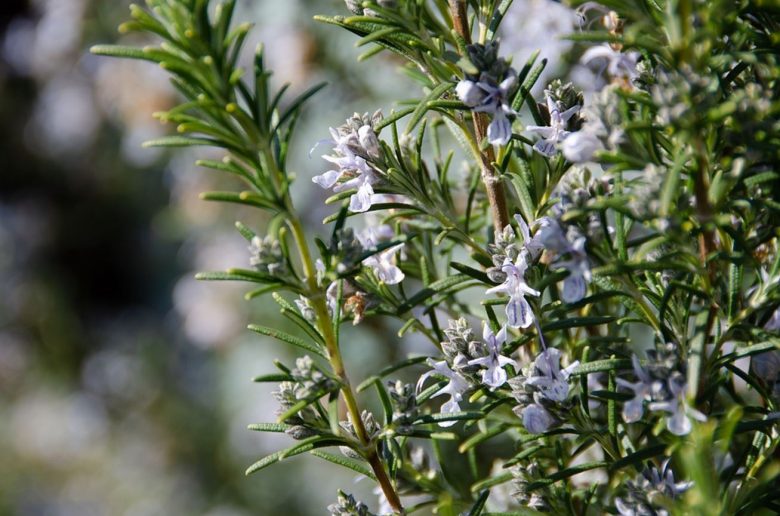
The Rosmarinus officinalis it is a perennial, evergreen and shrubby species, with different bearing depending on the subspecies or variety. The type species is declining, with first erect, then supple branches. There are also plants with totally erect or prostrate branches (Rosmarinus officinalis prostratus). From this it follows that the typical bush that forms the plant can vary in height from a few tens of centimeters up to 2 m.
The main branches have a herbaceous consistency in the terminal part, but over time they lignify at the base. They are provided with short and dense ramifications, which frequently arise from new shoots at the axil of the leaves. The bark is brown in color, peeled in longitudinal strips.
Leaves
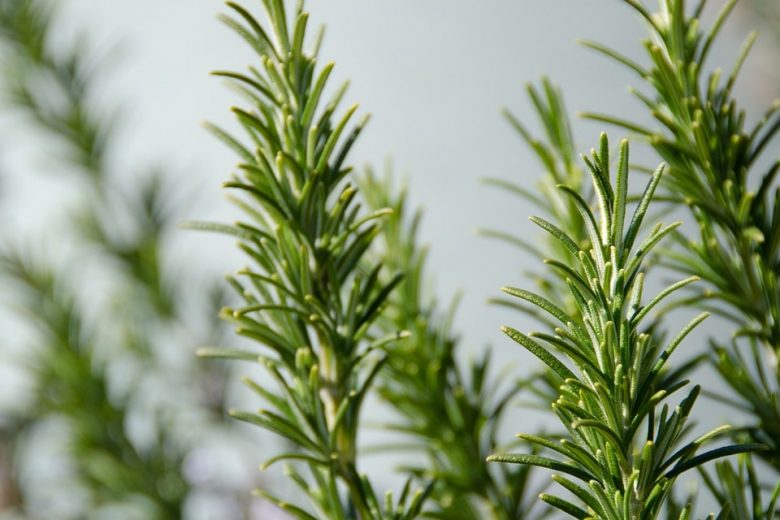
The leaves of the rosemary are easily recognizable. They are persistent and leathery, present along the entire stem except in the most woody part. They are also sessile, inserted two by two in the nodes, of a strictly linear shape with the edge folded down. The upper surface is shiny green, wrinkled, more or less dark. The lower one is whitish, due to the dense presence of a thin tomentum composed of branched hairs and glandular hairs where the precious essential oil of rosemary.
Flowers
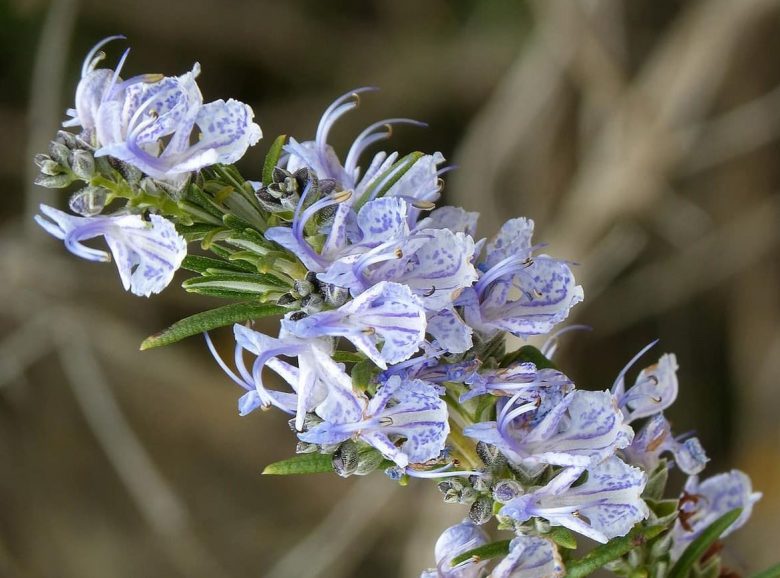
The flowers are gathered in small groups at the axil of the leaves. The tubular calyx opens at the mouth in two lips: the upper one has three small teeth, the lower two. The corolla is typically blue, tubular and also divided into two lips: the upper one is divided into two lobes, the lower is trefoil with two linear lateral lobes and a large central one, oval, notched at the margin and with more colored spots. dark.
In some varieties of ornamental rosemary, such as the highly sought after Majorca pinkthe flower is pink.
Fruits
The fruit is made up of four ovoid achenes with a smooth brown surface and enclosed at the bottom of the persistent calyx.
Rosemary as a honey plant
Rosemary is a plant of high environmental importance, primarily for its flowering,
which extends over much of the year. In the northern regions it is more concentrated in the spring-summer period, in the south and in the islands it can extend up to almost the whole year.
Pollination is entomophilic, i.e. operated by bees and other pollinating insects.
The Rosmarinus officinalis it is a typically melliferous species, rich in pollen and nectar, with which bees, in areas of high intensity, are able to produce an excellent monoflora honey.
Rosemary as an ornamental plant
Before discovering the properties and medicinal uses of rosemary, let’s talk about its main use, namely that of an ornamental plant, with cultivation that is widely practiced in vegetable gardens and gardens. In this sense, the plant lends itself to multiple applications. In the garden, for example, it can be grown in large pots or in the ground, both as an isolated element or for the creation of flowering borders. It is also used as a bushy in the furnishing of street greenery and as a ground cover (prostrate forms). Furthermore, the rich and continuous flowering suggests that it must absolutely be inserted as a nectar resource in beekeeping.
In the forestry field, it is important as a pioneer species to be used in the reforestation of areas denuded by fires.
Natural habitat of rosemary
Wild rosemary is a characteristic component of the low Mediterranean scrub and garrigue. It is a pioneer species, also present in sparse woods. It has a wide altimetric value, in fact we find it from sea level up to 1,000 meters above sea level.
Vegeta in all types of terraineven if it prefers calcareous ones.
Active ingredients and properties
The active ingredients of rosemary are kept in the leaves and tender twigs. In particular, we have: essential oil (consisting mainly of borneol, bornyl acetate, pinene, camphene), choline, an acid saposonide, heterosides and organic acids.
The resulting beneficial properties are: flavoring, aperitif, digestive, antispasmodic, diuretic, balsamic, antiseptic, rubefacient, stimulating.
Medicinal uses
Rosemary essential oil has several uses in natural medicine. It has a positive effect on the nervous systemand is therefore effective in spasmodic diseases, such as cough, asthma, palpitations, vomiting, menstrual pain.
Studies and researches have ascertained which increases the electrical activity of the brain responsible for logical thinking. It is also detoxifying, stimulating and promotes diuresis. Lowers the level of triglycerides and cholesterol in the blood. It has cholagogue power, facilitating digestion. It is antiseptic and balsamic, so it is useful in colds, sore throats, bronchial and asthmatic diseases.
External use
For external use, rosemary essential oil has skin tonic properties and is used to relieve sores and ulcers. In the mouth, through gargling, it disinfects and strengthens the gums. It also has analgesic and rubefacient properties that make it useful to be applied locally against joint and rheumatic pain, muscle fatigue, the treatment of bruises and stiff neck.
If you want to try it, it is found in herbalists. Instead, to take advantage of its beneficial properties in the home without buying it, you can still use the dried leaves directly in the shade, preparing herbal teas, infusions and decoctions.
Use cosmetics
Rosemary also finds important uses in the cosmetic field, always with the essential oil, with which aftershave, soaps, facial tonics and shampoos are produced.
Face masks are effective against inflammation, swelling, skin rashes. They also protect the skin from aging.
On the scalp, frictions with essential oil have a revitalizing action and are useful against dandruff.
Rosemary in the kitchen
As mentioned, rosemary is best known for its aromatic properties. In cooking, the leaves (fresh or dried) are used to flavor and make meat, game and fish more digestible. They therefore end up in dozens of recipes of typical dishes, which, in fact, makes the plant a product of common use.
Very interesting is its use in flavored baked products (bread, focaccia, bread sticks, etc.). Finally, the leaves are also used for the preparation of strongly aromatic herbal liqueurs.

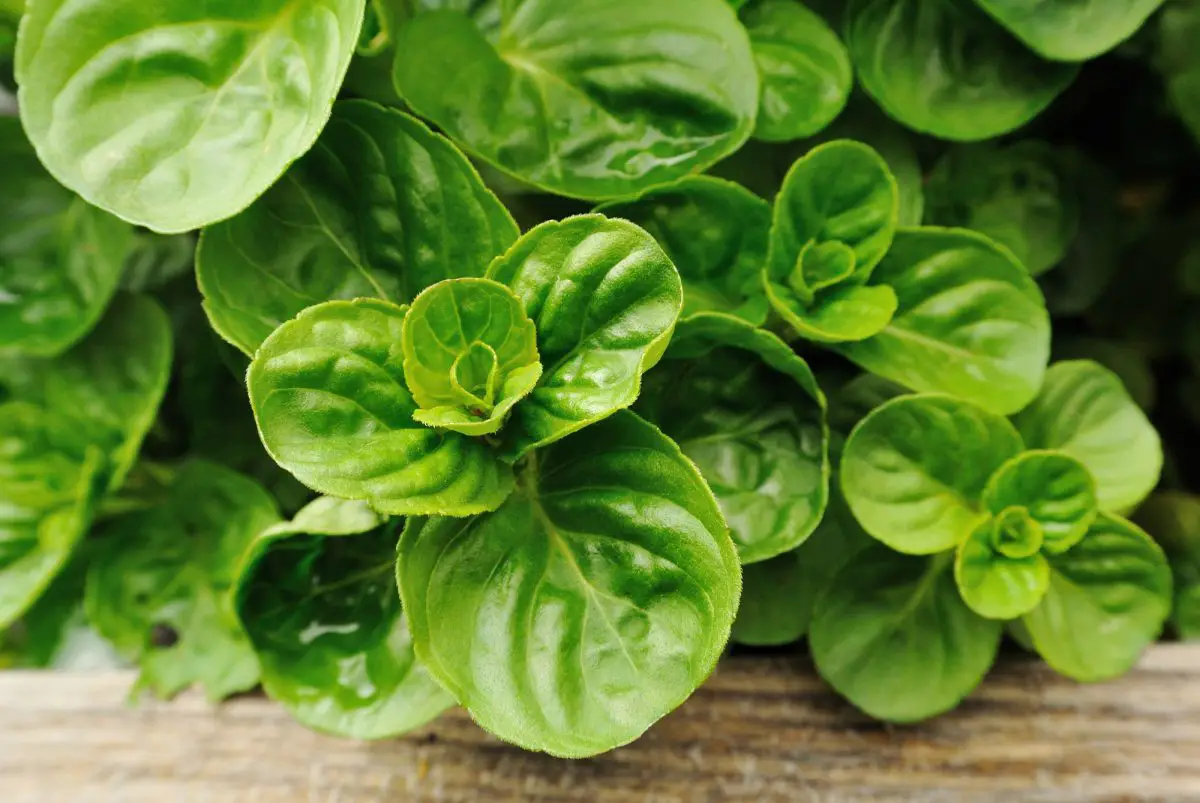
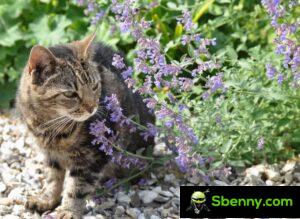
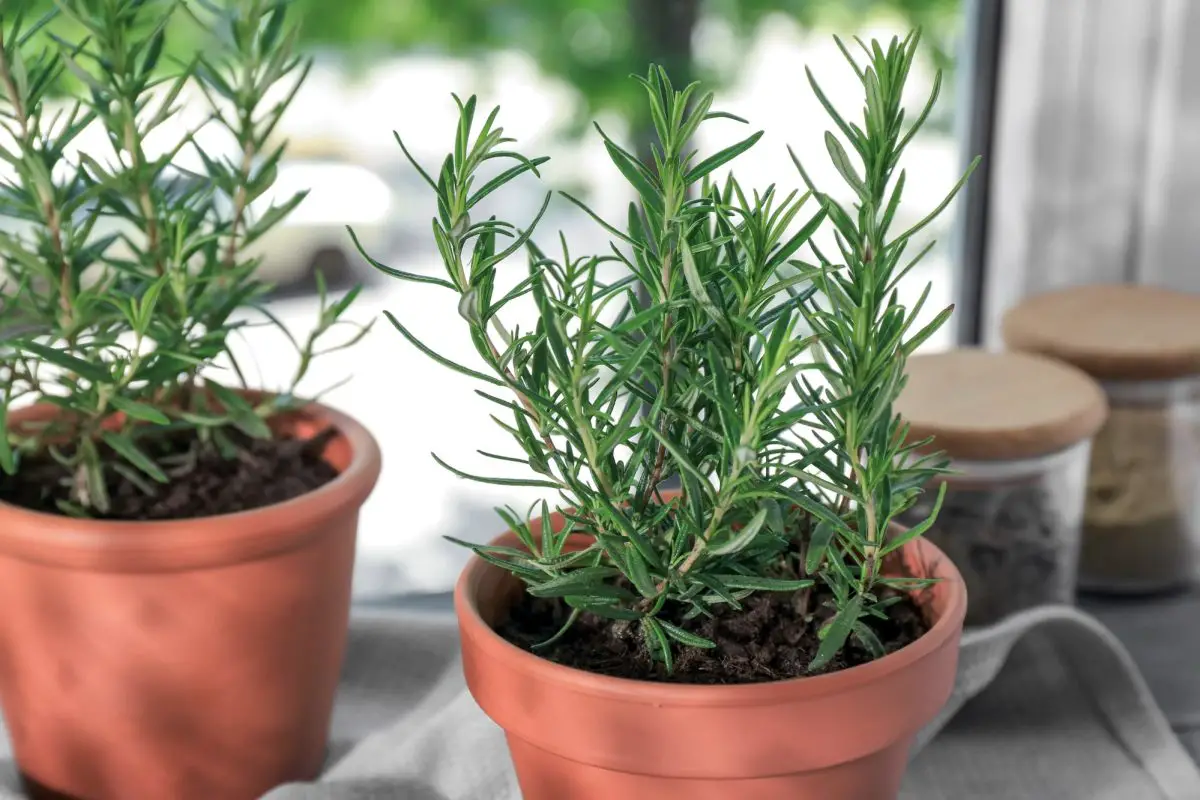
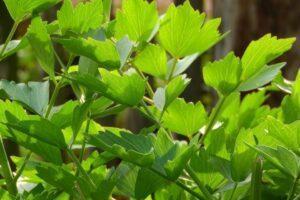
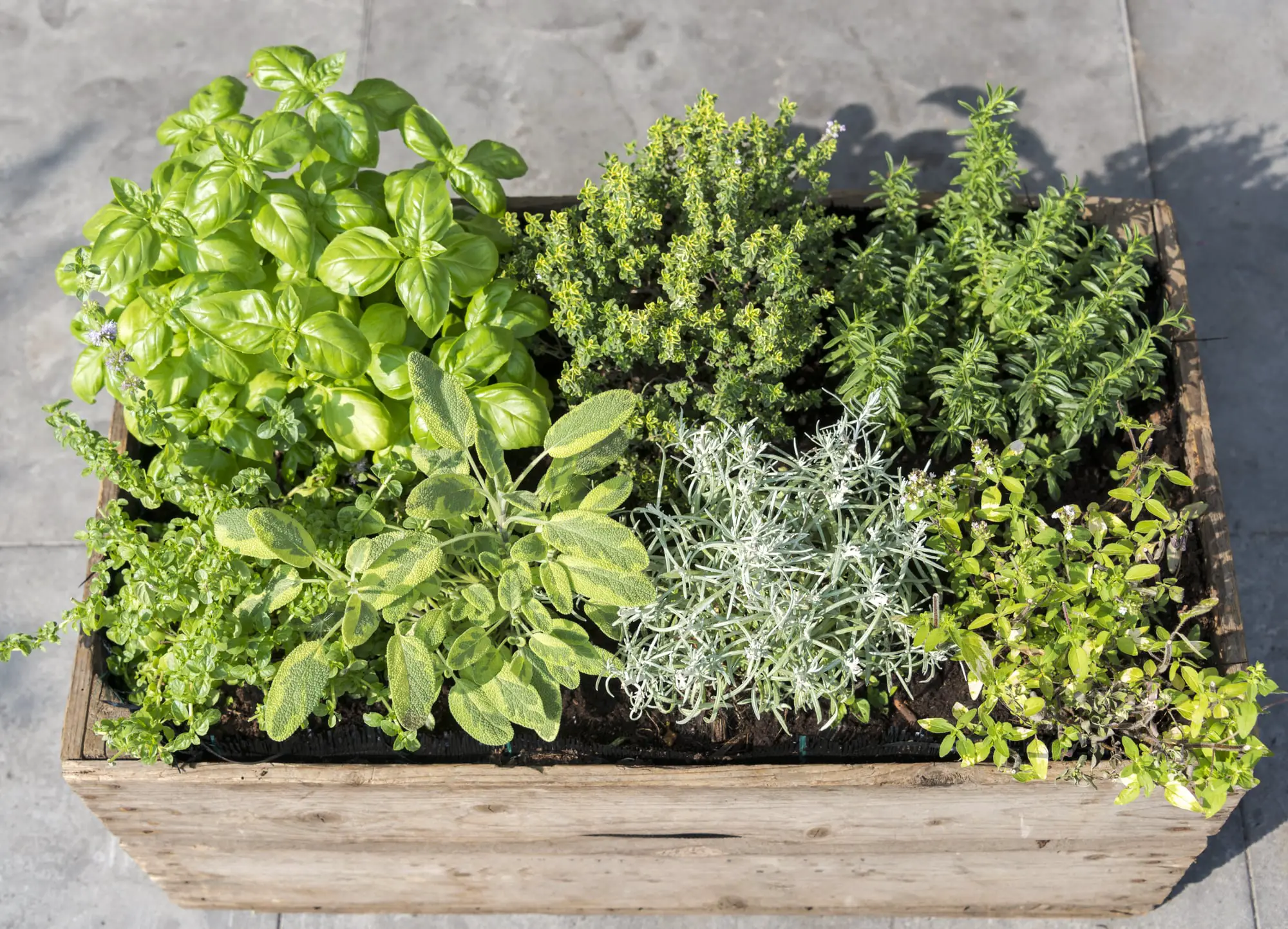
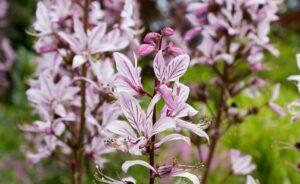
Start a new Thread